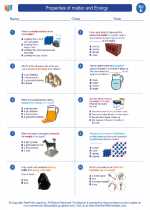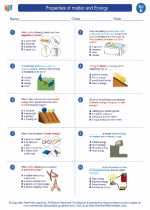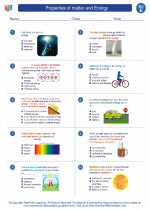What is the Pleistocene Epoch?
The Pleistocene epoch is a geological time period that began about 2.6 million years ago and ended around 11,700 years ago. It is often referred to as the Ice Age because of the repeated glaciations that occurred during this time.Climate and Environmental Changes
During the Pleistocene, the Earth experienced several glacial and interglacial periods. The climate fluctuated between cold glacial periods, when ice sheets covered large parts of the planet, and warmer interglacial periods, when the ice retreated. These climatic changes had a profound impact on the environment, shaping the landscapes and influencing the evolution of various species.Impact on Species
The Pleistocene epoch was a time of significant biological evolution. Many species adapted to the changing climate, and some became extinct. Mammals such as mammoths, mastodons, sabertooth cats, and giant ground sloths roamed the Earth during this time. Early humans, known as Homo erectus and later Homo sapiens, also emerged and thrived in various parts of the world.Study Tips
To understand the Pleistocene epoch better, consider the following study tips:- Learn about the geological events that occurred during the Pleistocene, such as glaciations and tectonic movements.
- Explore the impact of climate change on the environment and how it influenced the distribution and adaptation of species.
- Study the evolutionary developments of mammals and early humans during this epoch.
- Examine the evidence of Pleistocene climate and environmental changes, including fossil records, ice cores, and geological formations.
◂Science Worksheets and Study Guides Fifth Grade. Properties of matter and Energy
Study Guide Properties of matter and Energy
Properties of matter and Energy  Worksheet/Answer key
Worksheet/Answer key Properties of matter and Energy
Properties of matter and Energy  Worksheet/Answer key
Worksheet/Answer key Properties of matter and Energy
Properties of matter and Energy  Worksheet/Answer key
Worksheet/Answer key Properties of matter and Energy
Properties of matter and Energy  Vocabulary/Answer key
Vocabulary/Answer key Properties of matter and Energy
Properties of matter and Energy  Vocabulary/Answer key
Vocabulary/Answer key Properties of matter and Energy
Properties of matter and Energy 

 Worksheet/Answer key
Worksheet/Answer key
 Worksheet/Answer key
Worksheet/Answer key
 Worksheet/Answer key
Worksheet/Answer key
 Vocabulary/Answer key
Vocabulary/Answer key
 Vocabulary/Answer key
Vocabulary/Answer key

The resources above cover the following skills:
PHYSICAL SCIENCE (NGSS)
Matter and Its Interactions
Students who demonstrate understanding can:
Develop a model to describe that matter is made of particles too small to be seen.